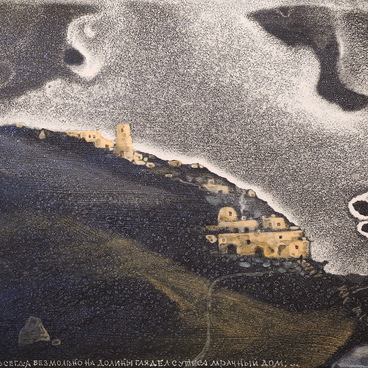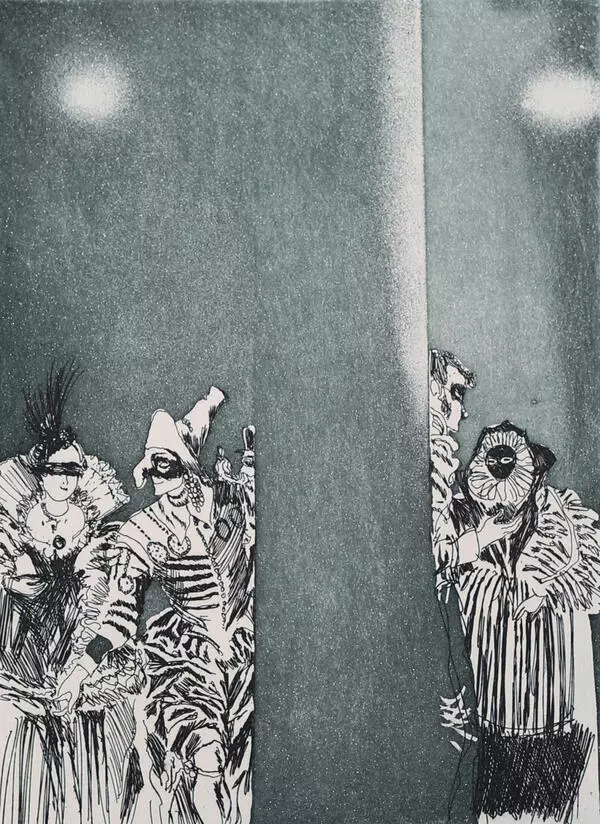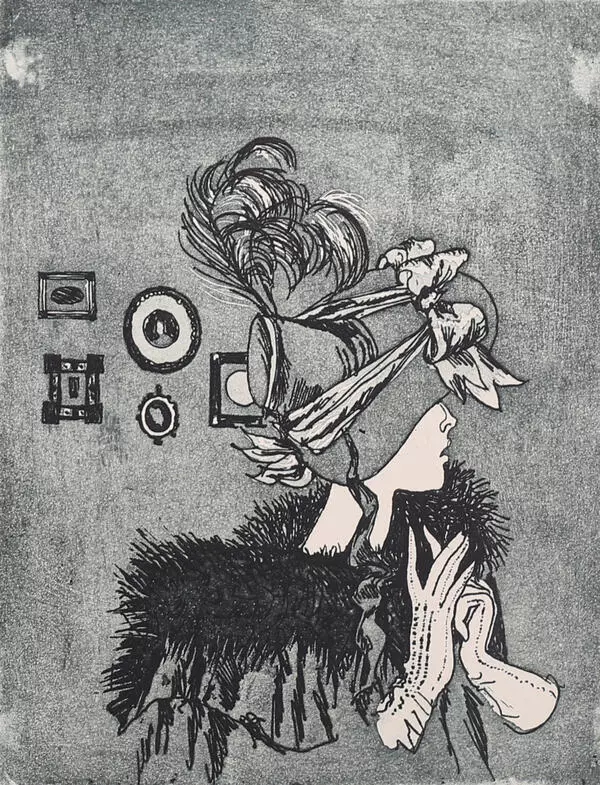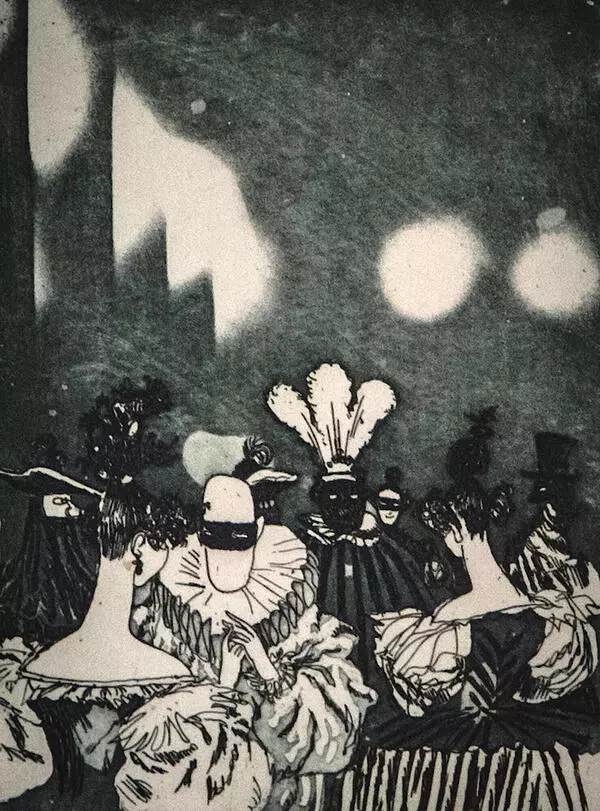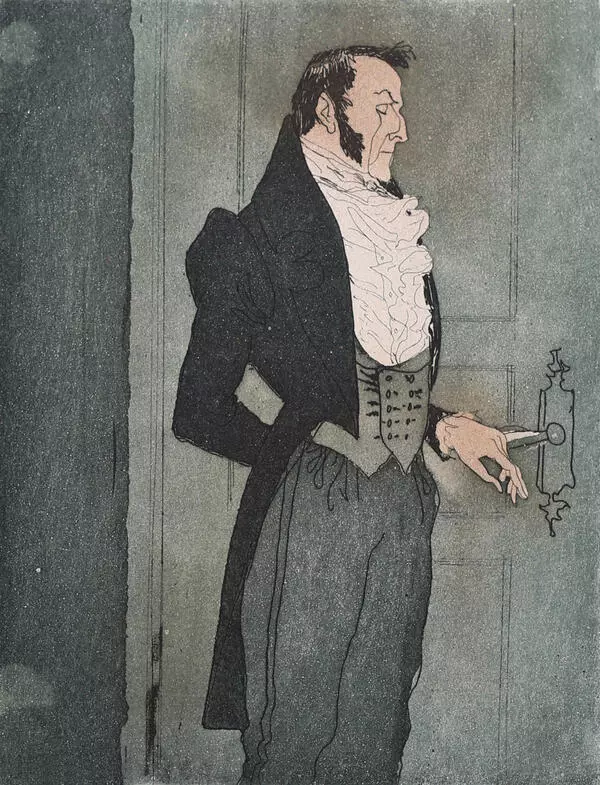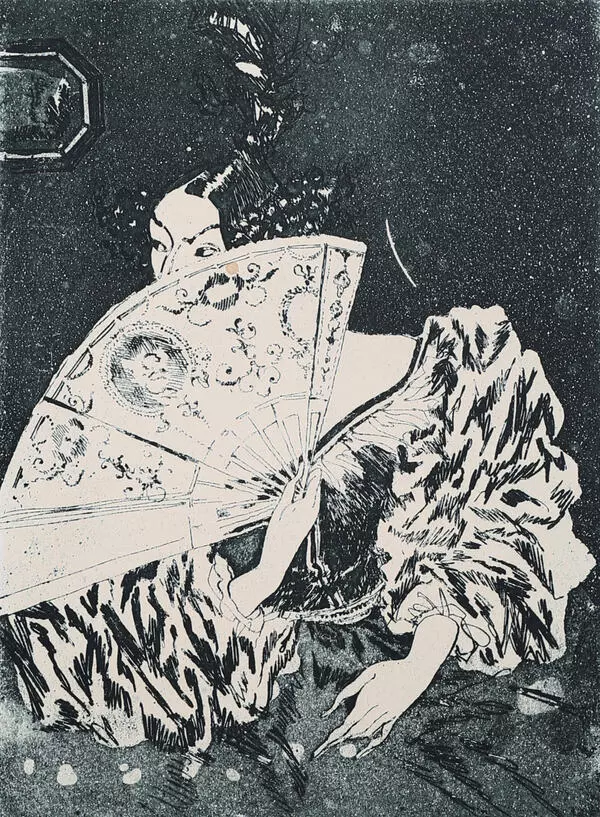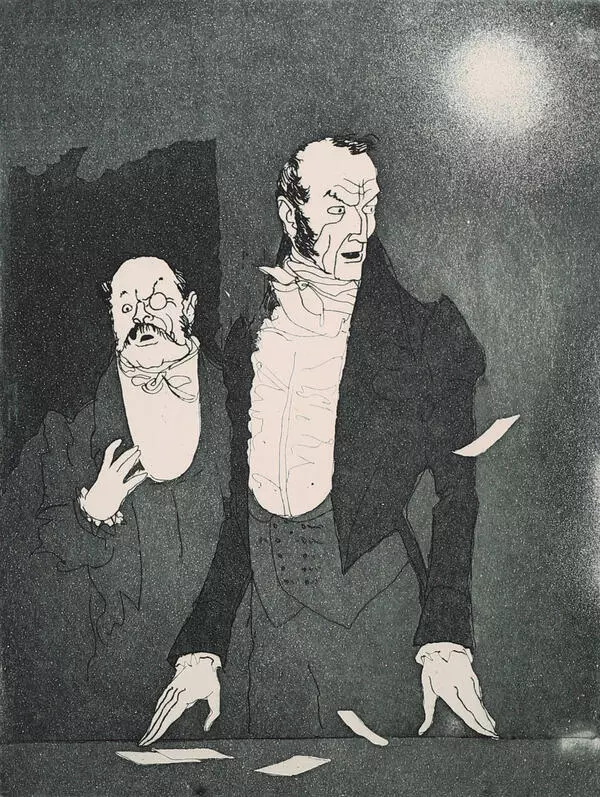In October 1832, Mikhail Yuryevich Lermontov entered the School of Cavalry Junkers and Ensign of the Guard in Saint Petersburg. Upon his graduation at the end of 1834, the poet was promoted to cornet — the primary chief officer rank in a cavalry troop.
Mikhail Lermontov’s regiment was stationed in Tsarskoye Selo; this allowed the poet to often visit Saint Petersburg to attend either a ball, a premiere, or a masquerade.
It was in Saint Petersburg that Mikhail Lermontov, shaken by the news of Alexander Pushkin’s death, wrote the famous poem “Death of the Poet”, which subsequently led to his exile to the Caucasus. There, in October 1835, the 21-year-old Mikhail Lermontov finished the play “Masquerade” and submitted it to the Dramatic Censorship of the Third Section of His Imperial Majesty’s Own Chancellery. In 1828, a new Censorship Statute was established in the Russian Empire to process dramatic works in two stages.
After the first censorship, the drama was returned to Lermontov for revision. By mid-December, Lermontov had finished the fourth act of the second edition of “Masquerade”. However, the play never saw the light of day during the poet’s lifetime.
This etching is part of the 1988 series, that Svetozar Aleksandrovich Ostrov dedicated to the play by Mikhail Lermontov. It shows the figure of the play’s character called Nina. Her full-face head and shoulders portrait occupies the center of the composition. Nina’s left arm is bent at the elbow and raised to the sky; her hair is put up following the fashion of that time. The artist portrayed Nina against a neutral background which shows a round mirror reflecting her hand.
The eyes of the young and vulnerable young woman are wide open. The viewers can imagine the extent of her surprise and anguish. At the end of the third act, her life ends tragically: she is poisoned by her husband Arbenin, who suspects her of infidelity. Nina says:
Mikhail Lermontov’s regiment was stationed in Tsarskoye Selo; this allowed the poet to often visit Saint Petersburg to attend either a ball, a premiere, or a masquerade.
It was in Saint Petersburg that Mikhail Lermontov, shaken by the news of Alexander Pushkin’s death, wrote the famous poem “Death of the Poet”, which subsequently led to his exile to the Caucasus. There, in October 1835, the 21-year-old Mikhail Lermontov finished the play “Masquerade” and submitted it to the Dramatic Censorship of the Third Section of His Imperial Majesty’s Own Chancellery. In 1828, a new Censorship Statute was established in the Russian Empire to process dramatic works in two stages.
After the first censorship, the drama was returned to Lermontov for revision. By mid-December, Lermontov had finished the fourth act of the second edition of “Masquerade”. However, the play never saw the light of day during the poet’s lifetime.
This etching is part of the 1988 series, that Svetozar Aleksandrovich Ostrov dedicated to the play by Mikhail Lermontov. It shows the figure of the play’s character called Nina. Her full-face head and shoulders portrait occupies the center of the composition. Nina’s left arm is bent at the elbow and raised to the sky; her hair is put up following the fashion of that time. The artist portrayed Nina against a neutral background which shows a round mirror reflecting her hand.
The eyes of the young and vulnerable young woman are wide open. The viewers can imagine the extent of her surprise and anguish. At the end of the third act, her life ends tragically: she is poisoned by her husband Arbenin, who suspects her of infidelity. Nina says:


